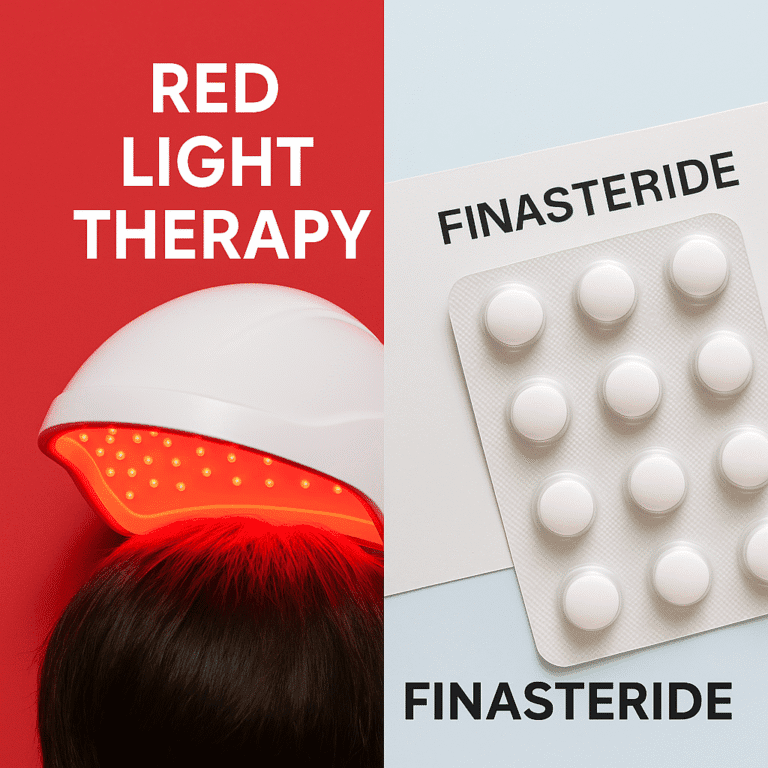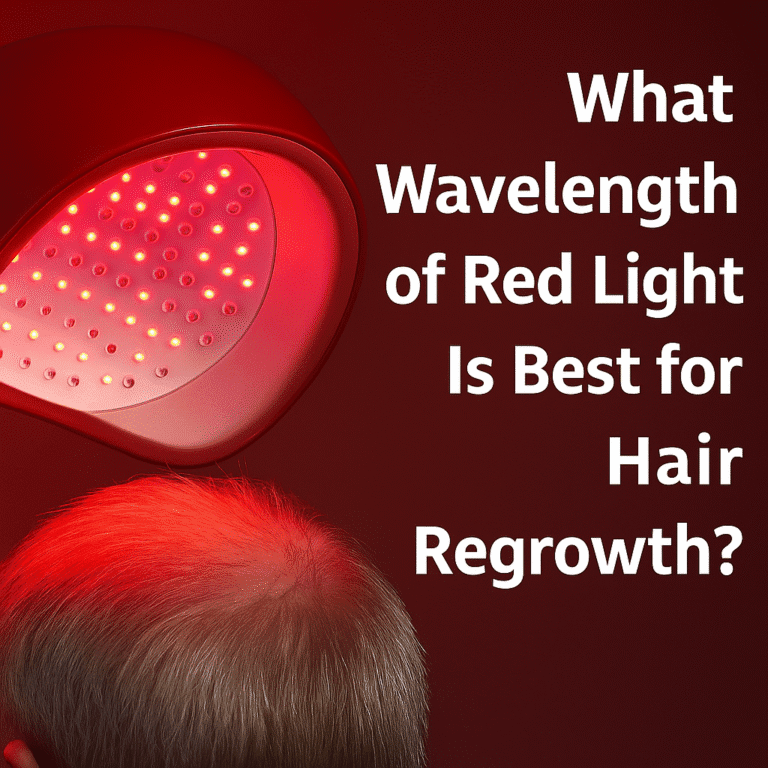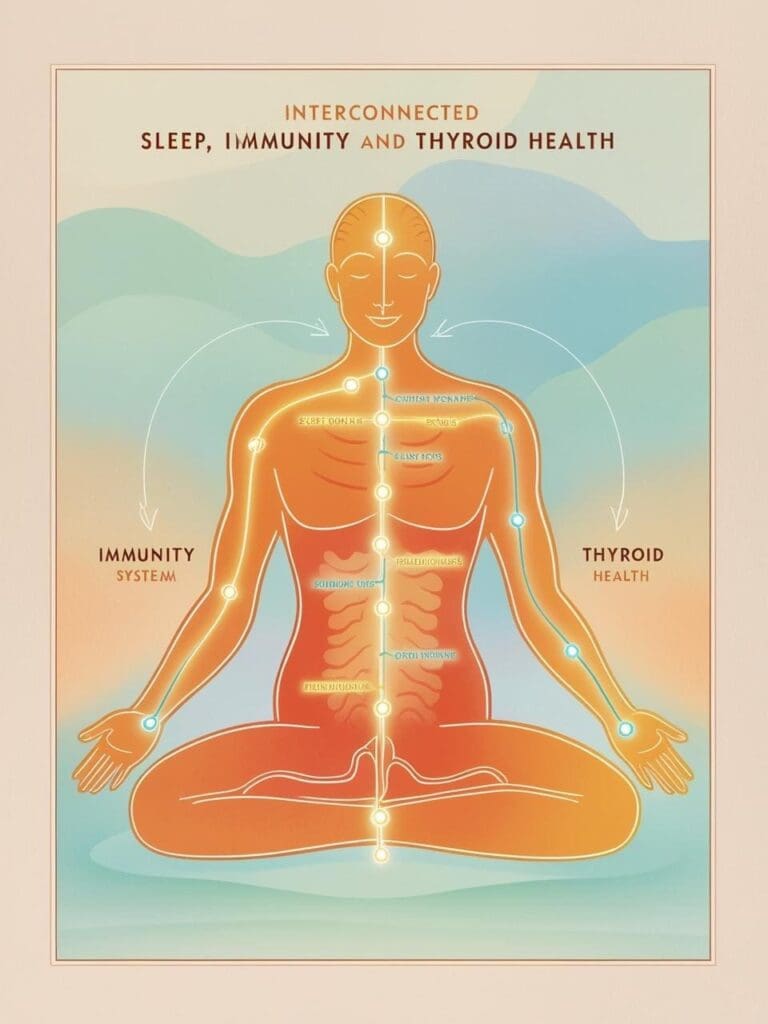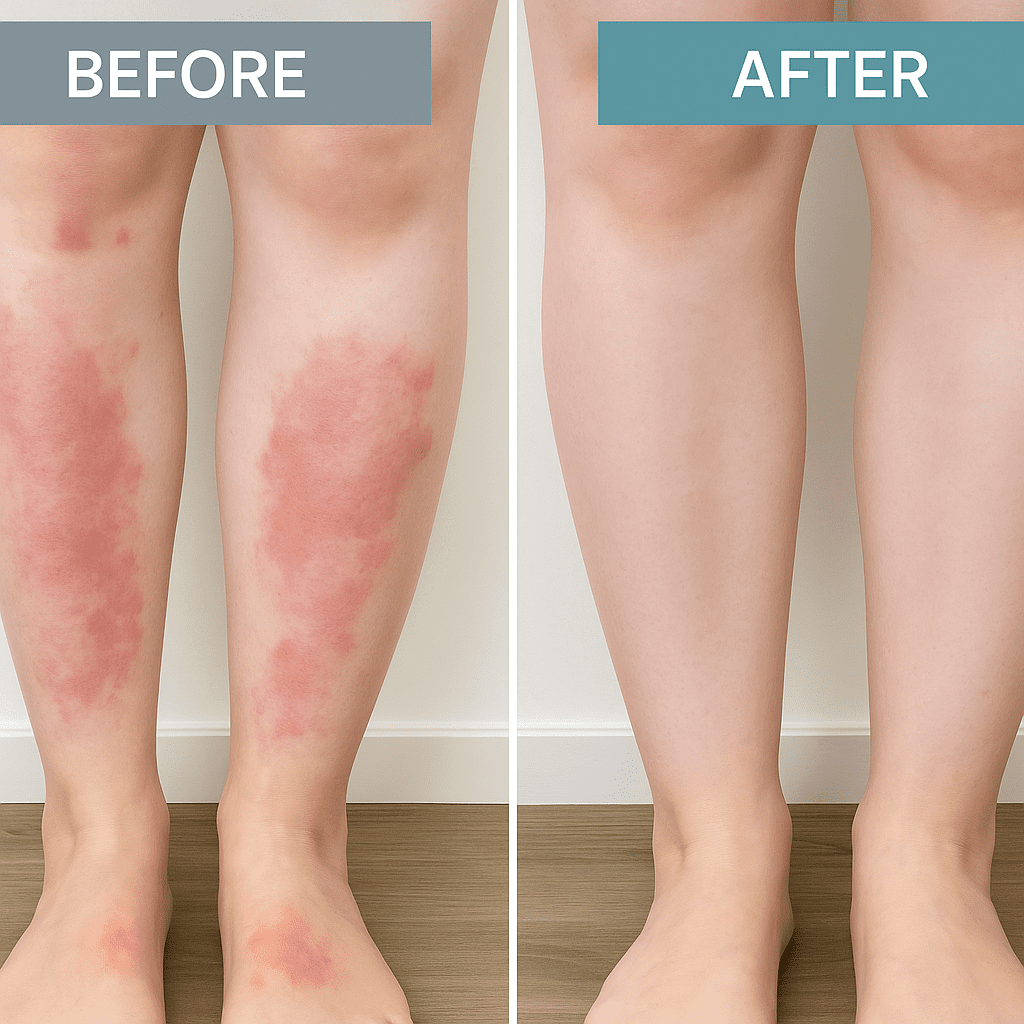
Introduction
Eczema, or atopic dermatitis, is a chronic skin condition marked by red, itchy, inflamed patches that can flare up due to triggers like allergens, stress, or weather changes. Standard eczema care focuses on moisturizing, repairing the skin barrier, and reducing inflammation (often with steroid creams or immunomodulators). Now, an increasing number of skin-care enthusiasts and professionals are exploring red light therapy (RLT) as a gentle adjunct treatment for eczema. The idea is that specific wavelengths of light can penetrate the skin to reduce inflammation and promote healing without the side effects of medications.
In this in-depth guide, we’ll delve into how red light therapy might benefit eczema, discuss current scientific and expert viewpoints, and provide a buyer’s guide for at-home devices along with usage tips, all tailored for those looking to manage eczema through light-based technology.
How Could Red Light Therapy Help Eczema?
At its core, eczema is an inflammatory condition – the skin’s immune response is overactive, leading to redness, swelling, and the notorious itch. There’s also a defect in the skin’s barrier function, making it dry and prone to irritation. Red light therapy aims to tackle these issues by penetrating into the skin (dermis) and influencing the behavior of cells. Wavelengths in the red (around 630–660 nm) and near-infrared (around 800–850 nm) range have been shown to modulate cellular activity: they energize mitochondria (the cell’s powerhouses), which can boost cellular repair processes, and they can induce a decrease in inflammatory chemicals. Essentially, RLT sends a “heal and calm” signal to the skin.
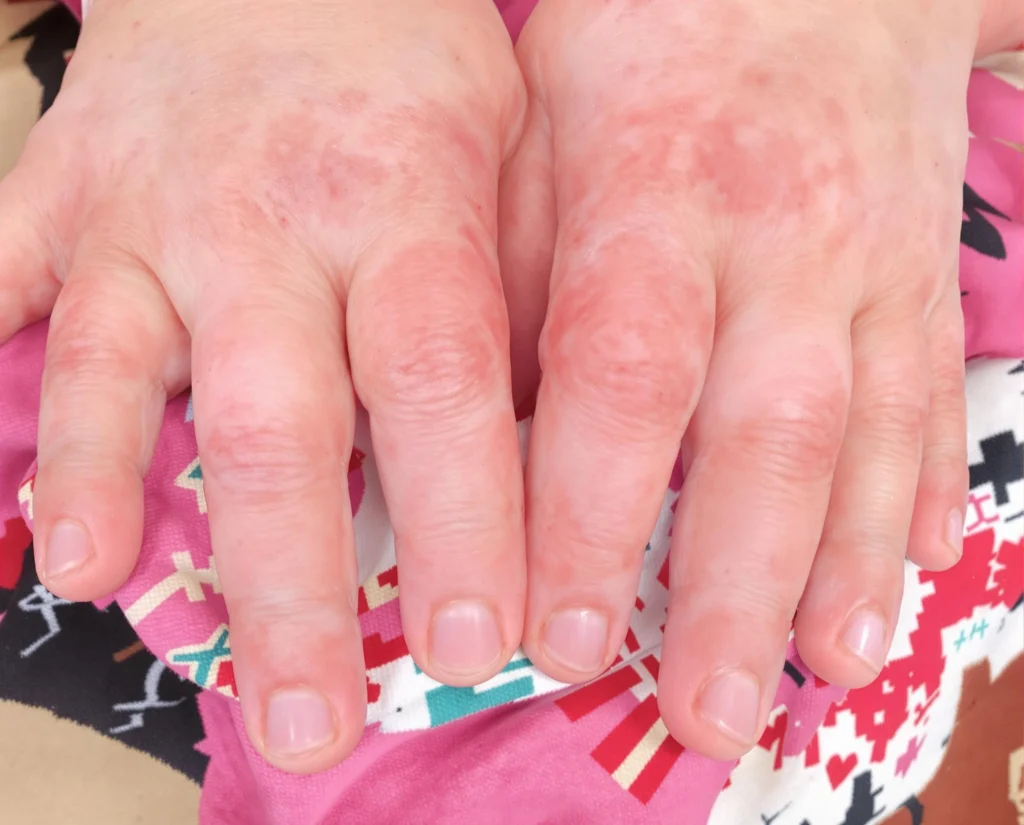
For eczema, this could mean a few potential benefits:
- Reduced Skin Inflammation: Red light has documented anti-inflammatory effects. Dermatologists note that red light helps reduce the production of pro-inflammatory cytokines and can calm overactive immune cells in the skin. In practical terms, regular RLT could diminish the redness and swelling of eczema lesions, making flare-ups less intense.
- Itch Relief: One of the hardest eczema symptoms to tolerate is itching (pruritus). While research is still ongoing, anecdotal reports suggest that after red light sessions, itching is lessened, possibly because the light can inhibit certain inflammatory itch pathways or simply because it reduces overall inflammation.
- Enhanced Skin Barrier Repair: RLT can stimulate fibroblasts to produce more collagen and elastin, which are components of healthy skin structure. It also appears to improve blood circulation in the skin. These effects support the regeneration of a stronger skin barrier. Eczema skin typically has micro-cracks and weakness in its barrier; red light may accelerate the closure of those cracks and improve hydration retention by promoting new cell growth.
- Bacterial Balance: Some forms of eczema (like infected atopic dermatitis) involve bacterial overgrowth, particularly Staph aureus on the skin. Blue light is more directly antibacterial, but there is some evidence that red light might bolster the skin’s ability to defend against pathogens indirectly by improving overall skin health. Moreover, certain wavelengths might affect the skin microbiome in favorable ways (this is an emerging area of study).
It’s important to emphasize that, unlike psoriasis or acne, eczema is not routinely treated with light therapy in standard practice yet – except in severe cases where doctors sometimes use UV (UVB or UVA1) therapy for atopic dermatitis. Red light, being non-UV, offers a novel approach that avoids the risks of ultraviolet exposure. The theory is compelling: since RLT can reduce inflammation and support healing, it addresses two main aspects of eczema. However, eczema’s root causes (genetic factors, immune dysregulation, environmental triggers) remain, so RLT is not a cure but rather a management tool.
What Do Experts and Studies Say?
Because red light therapy for eczema is relatively new, large clinical trials are limited. That said, a small study has provided some encouraging data. In one trial, patients with mild-to-moderate eczema used a blue light LED device on affected skin thrice weekly for 4 weeks. The results showed some improvement in eczema severity and no adverse events. While that study focused on blue light, it indicates that light-based therapies can be safely applied to eczema with positive effects. Dermatologists theorize that red light, with its deeper penetration, might have equal or greater benefit in calming eczema, but as Dr. Paul Yamauchi (a dermatologist and eczema specialist) points out, we still need more clinical trials to be certain.
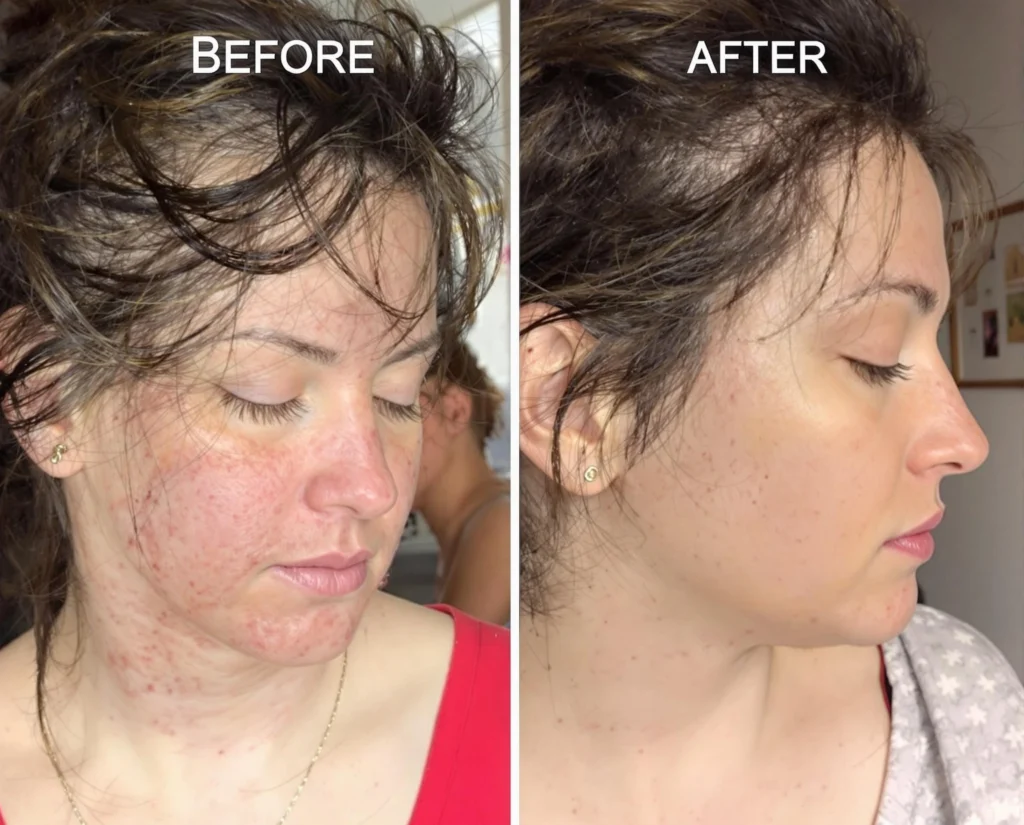
He notes that while “there is some data showing that LED lights reduce inflammation in the skin, there have not been sufficient clinical trials to demonstrate if they truly work for eczema”. In other words, preliminary evidence is promising, but it’s early.
Importantly, leading dermatologists emphasize that red light therapy is not (yet) a first-line or standard treatment for eczema. Dr. Yamauchi explicitly states, “LED light is not considered [the] standard of care to treat eczema”. The standard of care remains centered on moisturization, topical steroids or calcineurin inhibitors, and newer systemic drugs for severe cases. However, experts acknowledge that people with eczema can use LED light devices (often initially obtained for other reasons like acne or anti-aging) as an adjunct to their routine. Many dermatologists focus on proven therapies but don’t object if a patient wants to try RLT as long as they continue proper skin care. In fact, some dermatologists may even recommend red light therapy for eczema-prone patients in certain contexts: for example, to help with facial redness or to improve overall skin resilience during remission periods.
One scenario where experts see a potential role is in maintenance therapy. Dr. Marisa Garshick, a board-certified dermatologist, explains that while RLT is not a primary eczema treatment, it can be useful for calming sensitive, reactive skin and possibly for prolonging the periods between flares. She notes that red light “helps reduce inflammation, promotes skin healing and supports collagen production, plus it may be beneficial for calming sensitive skin” – all factors that could help an eczema-prone complexion be less reactive. Another dermatologist might suggest using RLT on areas of lichenified (thickened from scratching) skin to potentially soften and improve them over time in conjunction with traditional meds.
Safety is a big part of the conversation. For people with eczema, many treatments (like some creams or biologics) carry risks or side effects. Red light’s appeal is that it’s generally very safe and gentle. No significant side effects have been reported in the context of eczema beyond occasional minor temporary redness or warmth. Dr. Yamauchi cautions that while LED therapy is usually well-tolerated, “some people might develop irritation, redness or dryness with LED lights” and it’s not recommended to use it on very inflamed, actively flaring skin. Essentially, shining red light on a raw, oozing eczema rash could potentially irritate it further or simply not be effective if the skin barrier is too compromised. Both Dr. Yamauchi and Dr. Garshick advise that it’s best to avoid LED therapy during an acute, severe eczema flare when the skin is extremely sensitive or broken. Once the flare has been controlled and skin is on the mend (in a subacute or remission phase), red light can then be introduced as a supportive measure to strengthen the skin and reduce background inflammation.
To sum up the expert consensus: red light therapy holds promise for eczema but is not a standalone solution. It should be viewed as a complementary approach used alongside standard treatments and good skincare practices. The anecdotal reports are positive – many individuals say their skin “feels calmer” and itches less after using red light, and some notice their flare-ups aren’t as frequent. The science, while still catching up, validates the plausibility of these experiences (given RLT’s known anti-inflammatory effect). If you choose to try RLT for eczema, you’re essentially leveraging a low-risk intervention that might help reduce your symptoms and improve skin health, with the understanding that it’s experimental. Dermatologists are keen to see more research, but in the meantime, many are open to patients incorporating LED therapy as long as they keep realistic expectations and continue with proven eczema management strategies as well.
At-Home Red Light Therapy for Eczema: Device Options
People with eczema often manage much of their care at home – daily moisturizing, avoiding triggers, etc. Likewise, if using red light therapy, it will likely be done at home as part of your routine (since in-office RLT specifically for eczema is not commonly offered, unlike UV phototherapy). Fortunately, there are numerous at-home red light devices that can be repurposed or specifically used for eczema relief. Here are types of devices and what to look for:
- Full-Panel LED Lights: If you have widespread eczema (for example, across your torso or limbs), a larger LED panel might be beneficial. These are flat panels with dozens or hundreds of LEDs, which you can sit or lie in front of. By delivering light to a big area at once, they save time and ensure even coverage. Look for panels emitting red (around 630–660 nm) and possibly near-infrared (850 nm), as this combo can help both the surface and deeper layers of skin. Some panels are stand-mounted or door-mounted, so you can treat your back or whole body conveniently. This option is great for conditions like eczema on the back or widespread atopic dermatitis, where a small device would be too tedious to cover every spot.
- Handheld or Spot LED Devices: If your eczema is in smaller areas (say patches on the hands, inside elbows, neck, etc.), a handheld red light device can be effective. These typically have a cluster of LEDs or a small laser that you hold over the affected skin for a set time (a few minutes) per spot. The advantage is precision – you can target the worst patches or even use it on a single stubborn lesion (like a thickened area or a chronic spot that always flares). Handheld units are also portable and relatively affordable. Make sure the treatment area of the device isn’t too tiny; some “anti-wrinkle” red light pens have a very small tip, which might be less practical for treating eczema patches bigger than a coin. A device with a wider head or multiple LEDs will cover more area in one go.
- Wearable LED Therapy Pads: An emerging category is flexible LED pads or wraps. These are soft, bendable panels embedded with red (and sometimes infrared) lights that can be wrapped around a body part. For instance, you might wrap an LED pad around your arm or leg to treat eczema on those extremities. The pad conforms to your body, ensuring the light is right against the skin. This can be more comfortable and allows you to move around during treatment. When shopping for these, ensure the wavelengths are appropriate and check if the pad gets warm – some heating is fine (as it can even be soothing), but it shouldn’t be uncomfortably hot or it might aggravate eczema. Also, since eczema skin can be sensitive to materials, look for pads made of hypoallergenic, medical-grade silicone or similar, to avoid any contact irritation.
- Facial LED Masks: If you have facial eczema or seborrheic dermatitis (which can overlap with eczema) on areas like the cheeks or around eyes, LED face masks that are popular for acne/anti-aging could double for eczema. These masks emit red light over the face. Many users have noted that regular use can reduce redness and improve skin texture – potentially helpful for facial eczema sufferers. Just ensure the mask is clean (to not introduce bacteria to compromised skin) and that you don’t have any topical product on that could react under light.
No matter the device type, a few general tips:
- Ensure the device is safe for skin contact or close range. Most consumer LED products are low-heat and safe to place on or near the skin, but confirm via the manual. You typically want the light as close as possible to maximize penetration (some devices work on contact, others recommend 6-12 inches away).
- Look for devices with an adjustable timer or auto shut-off. This is especially handy if you’re treating multiple areas; you can set the time (say 3 minutes per area) and move the device when it beeps or turns off. It ensures you deliver a consistent dose to each spot.
- Battery vs. Corded: Battery-powered devices allow more mobility (you can sit anywhere), but ensure the battery life supports a full treatment especially if you have many areas to treat. Corded panels provide constant power but tether you to an outlet. Choose what fits your routine best.
- Durability and Warranty: Because eczema might be a lifelong condition, you want a device that will last through many uses. Check for solid build quality and a decent warranty (a one-year warranty at minimum, two years is even better). LED lights themselves have a long lifespan, but the device’s electronics or battery quality also matters.
One thing to note: currently, there aren’t specific “eczema LED devices” marketed as such (most are marketed for wrinkles, pain relief, or acne). So you’ll be adapting general red light therapy products for eczema. That’s perfectly fine – the light doesn’t care what condition it’s treating, as long as the dose is sufficient. Some companies might make claims about helping eczema; take those with a grain of salt and focus on the specifications rather than marketing.
Tips for Using Red Light Therapy When You Have Eczema
Integrating red light sessions into your eczema care routine can be straightforward. Here’s how to do it effectively and safely:
- Treat During Quiescent Periods: As mentioned, avoid using RLT on actively flaring, severe eczema (for example, skin that is extremely red, blistering, or oozing). It’s best to get acute flares under control first with your usual treatments (topical steroids, etc.). Once the skin is in a calmer state (less raw, more just dry or mildly red), that’s an ideal time to start RLT. Using it during the tail end of a flare might even help complete the healing process and possibly prevent that area from flaring again as quickly.
- Clean and Prep the Skin: Before a red light session, cleanse the area gently to remove any lotions, oils, or ointments. Many eczema ointments (like petroleum-based emollients) could block some of the light or heat up under the LED, so you want bare skin. Pat the area dry. You do not need to apply any special gels for red light (unlike ultrasound treatments which need gel). The exception could be if a device manufacturer provides a light-permeable serum they claim enhances results – but for eczema, simpler is usually better, and avoiding extra substances is wise unless proven helpful.
- Session Length and Frequency: Start with shorter sessions to see how your skin reacts. For example, begin with 5 minutes per area daily or every other day for the first week. If you tolerate that well (no new irritation), you can increase the time – many users find 10–15 minutes per area, at least 3 times a week, provides benefit. Some even do daily sessions of 10 minutes on chronic spots. Eczema is an ongoing condition, so consistency over long periods may yield the best results. If you have a large panel and want to do full-body wellness sessions, note that might inadvertently treat eczema areas at the same time, which is fine.
- Moisturize After Light: One strategy reported by users is to do a red light session and immediately follow it with application of moisturizer or medication. The rationale is that the light increases blood flow and cell permeability, so applying a topical right after might allow it to penetrate better. For eczema, right after RLT, put on your usual fragrance-free moisturizer to lock in hydration. If your doctor has you on a topical steroid or calcineurin inhibitor for certain spots, you could apply that post-light as well (clearing it with your doc – but generally there’s no contraindication, and it may even enhance efficacy). Red light plus moisturization is a powerful combo: the light calms inflammation, and the moisturizer restores the barrier, so the skin gets a one-two punch of therapy.
- Be Gentle and Listen to Your Skin: Red light therapy itself shouldn’t hurt – if a device is causing stinging or intense heat, something’s wrong (either the device emits unexpected wavelengths or your skin is too sensitive at that moment). You might feel a mild warmth and that’s all. If you notice any unexpected increase in redness or itch after sessions, you could be overdoing it. Scale back the frequency or time for a while. It’s possible to have too much of a good thing; light can stimulate but in excess could also stress cells. Find the “sweet spot” where your skin seems to respond positively. Many find their skin actually looks less red and feels more supple immediately after a session – that’s a good sign. Also, maintain your regular eczema trigger avoidance. Red light is not a free pass to, say, sit in a hot tub (if heat triggers you) or play with the neighbor’s cat (if pet dander triggers you). Keep up all those lifestyle measures that prevent flares.
- Combine with Other Treatments Smartly: You might be on other therapies like phototherapy (UVB) or biologic injections for severe eczema. There’s generally no conflict between red light therapy and these treatments – they work via different mechanisms. But always inform your dermatologist that you’re using RLT. If you do UV phototherapy, perhaps alternate days with RLT rather than stacking them the same day, to give skin a rest between different light sources. If on a biologic (like dupilumab), RLT might help you reduce topical steroid use further. If you’re a parent of a child with eczema, note that keeping a child still for RLT might be challenging – maybe make it a game or do it during screen time. Ensure they have eye protection if near the face. RLT could be appealing for kids as it’s painless (much better than the sting of some creams).
- Safety Precautions: Eczema can occur around the eyes (eyelids) in some people. Do not shine bright red light directly into the eyes. If treating around eyes, use goggles or keep eyes closed and the device a slight distance away. Some facial masks have built-in eye shields, which is great. Also, if you have any photosensitivity condition (like lupus or a photoallergic reaction history), get medical advice before using RLT, as those conditions might react oddly to any light exposure. However, those are rare. Red light doesn’t cause sunburn or DNA damage, so we’re mainly concerned with it potentially causing minimal irritation at worst.
FAQ Red Light Therapy For Eczema
Conclusion
For those battling eczema’s relentless itch and irritation, red light therapy offers a hopeful new avenue to find relief in a gentle, non-drug way. While it’s not part of the standard eczema treatment protocol yet, many eczema sufferers are experimenting with home red light devices and reporting calmer, stronger skin. The rationale is sound: by dialing down inflammation and boosting the skin’s repair mechanisms, RLT directly addresses two fundamental problems in eczema-affected skin. And it does so without adding to the steroid load or immunosuppressive burden – a big plus for individuals worried about long-term medication effects.
It’s crucial, however, to approach red light therapy for eczema with a balanced perspective. Current expert opinion is that it’s an adjunct, not a replacement for proven therapies. You’ll still need to keep up with moisturizing diligently, avoid known triggers, and use any prescribed treatments. Think of red light as a way to potentially enhance your skin’s baseline condition, making it more resilient and less reactive. For instance, one could envision using RLT during remission to keep skin inflammation low, possibly reducing the frequency or severity of future flares.
One of the beautiful aspects of red light therapy is how empowering it is – it allows individuals to take control of a piece of their care at home, on their own schedule. Living with eczema often involves a lot of trial-and-error and self-management, and RLT fits into that paradigm nicely. It’s also a therapy that is appealing to journalists and the public lately (you might have seen those futuristic LED face mask photos on social media), so it’s gathering attention as a trend in skincare. But beyond the hype, we’ve grounded our discussion in what science and reputable dermatologists say, to make this a HARO-ready resource – meaning it’s rich in quotable insights and evidence-backed points for anyone writing about emerging eczema treatments.
In practice, if you decide to try red light therapy for your eczema, monitor your progress. You might find that areas of chronic rash become softer, less itchy, or less angry-looking over a period of weeks. You might sleep better because you’re not scratching as much at night. These small quality-of-life improvements can add up. And if for some reason you don’t see a benefit, the consolation is that you likely haven’t harmed anything by trying – you can chalk it up to experimentation and focus on other therapies.
The landscape of eczema treatment is gradually expanding, and red light therapy is at the frontier of that expansion, merging technology with dermatology in a promising way. As more studies come in, we’ll better understand its role. For now, armed with the knowledge from this guide, you can make an informed decision and possibly join the ranks of those finding a soothing red glow to be the extra tool that their eczema toolkit was missing. Healthier, calmer skin could be just a few light sessions away.
🔗 Resources & References
Scientific Studies & Medical Journals
- Yamauchi P. LED Therapy and Eczema: What the Research Says. Interview via Everyday Health
- Barolet D, Boucher A. Prophylactic low-level light therapy for the treatment of hypertrophic scars and keloids: A case series. Lasers Surg Med. Wiley Online Library
- Avci P, et al. Low-level laser (light) therapy (LLLT) for treatment of hair loss. Lasers Surg Med. 2014. PubMed
- Ong YS, et al. Effect of light-emitting diode phototherapy on wound healing. Ann Plast Surg. 2013. PubMed
Expert Commentary & Dermatologist Opinions
- Garshick M, MD. Can Red Light Therapy Calm Eczema? Insights via MindBodyGreen
- Fricke A, MD. Red Light Therapy in Dermatology: Potential for Inflammatory Skin Conditions. Interview via The Zoe Report
- Cleveland Clinic – Red Light Therapy: Uses, Benefits, and Risks
ClevelandClinic.org
Institutions & Public Medical Info
- National Eczema Association – Emerging Treatments
- DermNet NZ – Phototherapy
- Harvard Health – Red Light Therapy
Additional Reading & Related Technologies
- LED Light Therapy and Skin Healing – Healthline
- NIH – Effects of Photobiomodulation on Wound Healing
